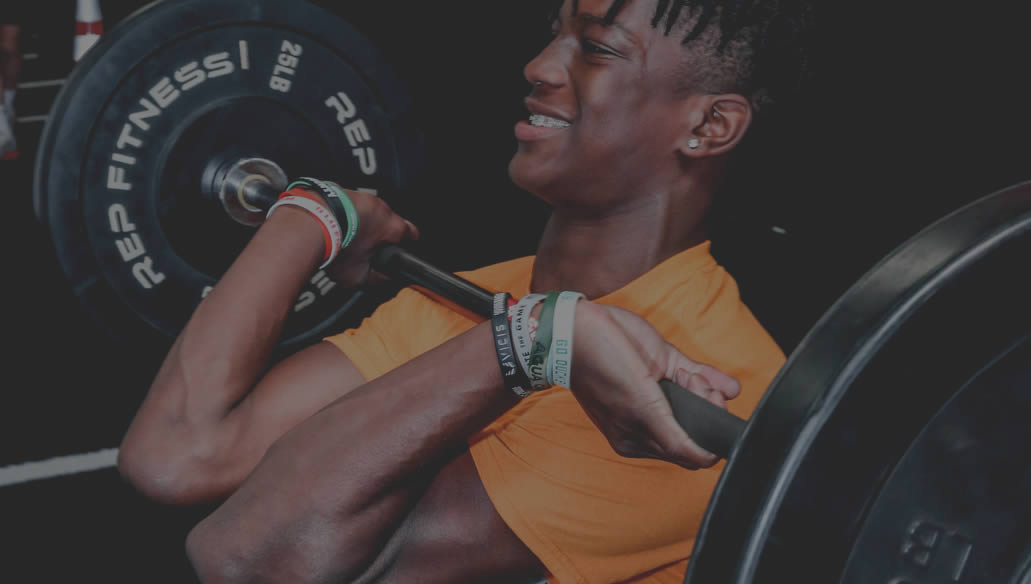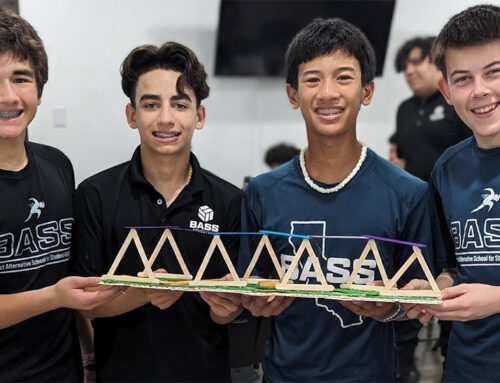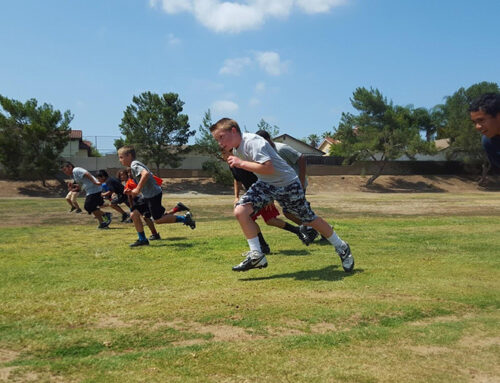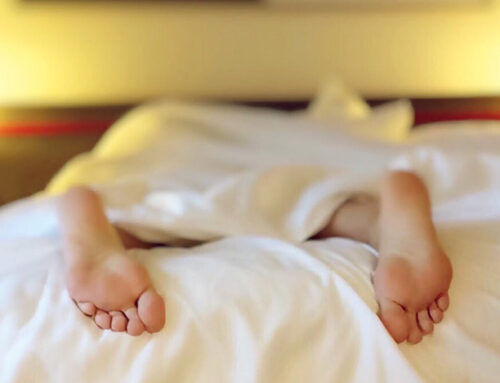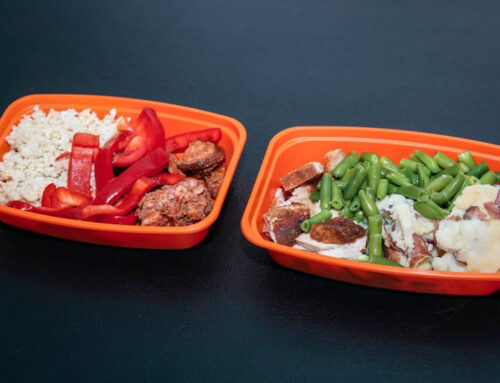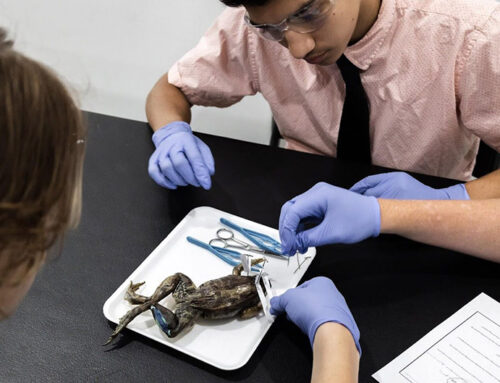Teaching the deadlift exercise is a must at my gym, the Boost Performance Center here in Corona Ca. This lift helps athletes build ridiculous amounts of lower body strength by requiring athletes to exert a large amount of force into the ground during its execution. The ability to exert a lot of force into the ground is a big determinant of sprinting and jumping ability. We’re talking about speed and explosive power, qualities that are huge assets in terms of pure athleticism. Of course there are also other benefits of the deadlift that go beyond athletic performance and affect our overall quality of life. Either way, it’s a staple in our gym and our goal is get our athletes to perform this movement effectively.
First of all, if you’re a youth athlete and not participating in a robust strength program you’re not maximizing your potential. And I’m not talking about some resistance bands or pushing a sled every now and then. I’m talking about using barbells; cleans, squats, pressing, and of course deadlifts. These are the lifts that will truly get you strong, and lets not forget, speed, explosive power, and agility are all expressions of strength. So if you’re not lifting you’re not truly an athlete (Yeah I said that). In my gym we use a number of different techniques to teach athletes how to deadlift. Some straight out of the NSCA textbook, or from famed crossfit enthusiasts such as Kelly Starret, or from some of the great performance coaches such as Mike Boyle. We use different techniques because simply put, all athletes are different. Our aim is to get them in a good position that does not force them to sacrifice technique for mobility.
At Boost, there’s levels to the deadlift exercise. For our athletes ages 13 and under, we don’t use barbells and so there’s more dumbbells and bands utilized for this aged group with an emphasis on volume. For these pups we use 2 versions of the sumo deadlift exercise. One that emphasizes a hip hinge with minimal knee bend while the other requires the athletes to drop their hips in a squat motion with deep knee bend. For the hinge motion, athletes will take a squat stance (shoulder width) and place a dumbbell vertically on the floor underneath their hips. They will then pull their hips back while slightly bending their knees and lowering their torso grabbing the dumbbell when in reach and pick it up. They’ll perform this movement while keeping their upper back tight and engaged. In the squat motion the athletes keep their torso erect while lowering the hips and bending deeply at the knees to grab and pick up the dumbbell. What’s great about these beginner movements is that you’re actually tackling both the deadlift and squat motion at once so it’s a lot of bang for your buck for such an introductory lift.
For our athletes 14+ we introduce the trap bar for their deadlifts. This is a major progression and where real strength begins to build. Working exclusively with youth athletes, I prefer the trap bar as it passes through the body when lifted, unlike a barbell where athletes must go around their knees. The trap bar is a safer option since going around the knees with the barbell can be problematic for some lifters, especially in regards to their lower back. Like the dumbbell sumo lift, the trapbar can have both a squat and hip hinge motion with underlying goal being to pick up the bar while an athlete sets her back, keeping the traps and lats engaged with no rounding of the torso.
Because of the lower body force production, the need to keep the core muscles engaged, and activation of the upper back and shoulders, the deadlift is a full body strength exercise. It is an important tool in athletic development and should be implemented at some point in every performance program for just about all athletes. While we employ baseline movements for our athletes based on age, the beginner movements also represent regressions that we can use for our older youth athletes with less experience strength training. Either way, the deadlift is a serious exercise with big time pay offs and can take you overall athleticism to the next level. – Boostman
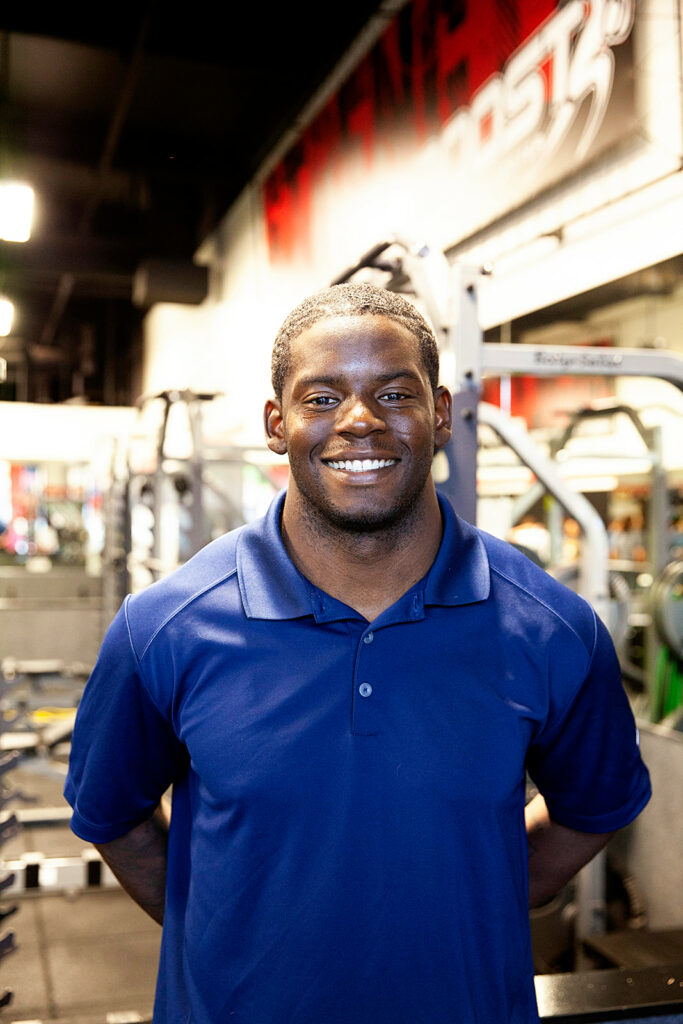
Owner, Boost Training Systems
Level 1 & 2 Coach Bommarito Performance
CSCS, USAW

